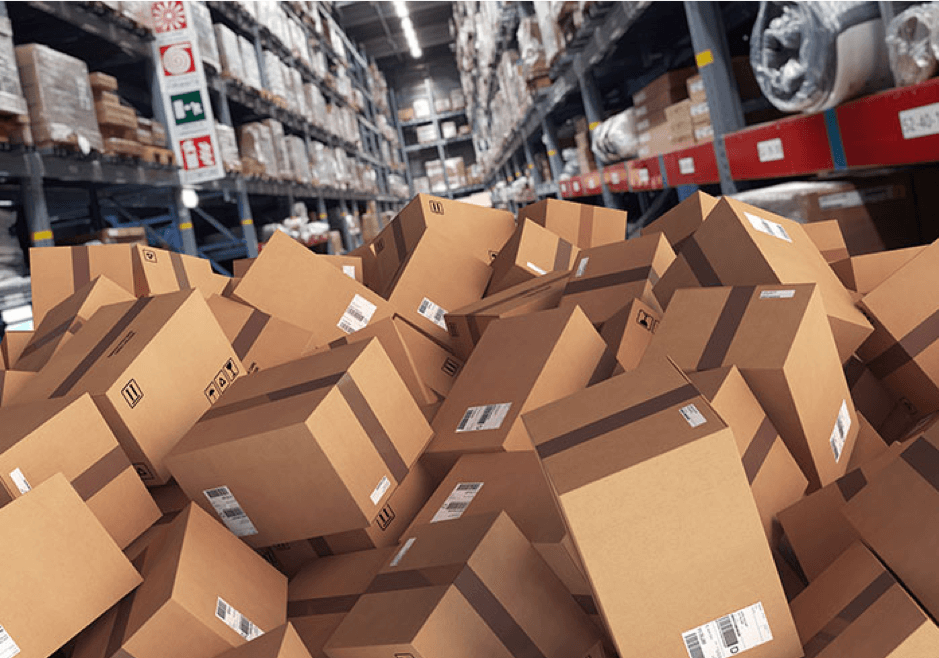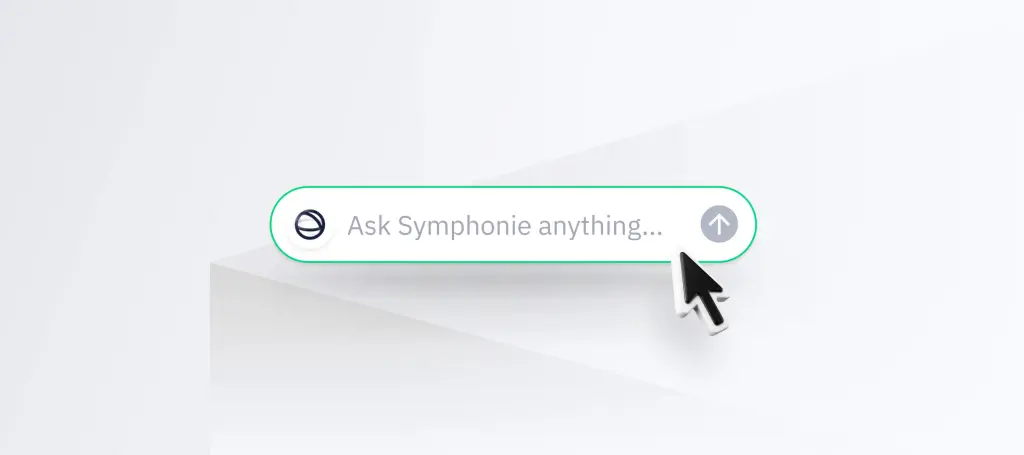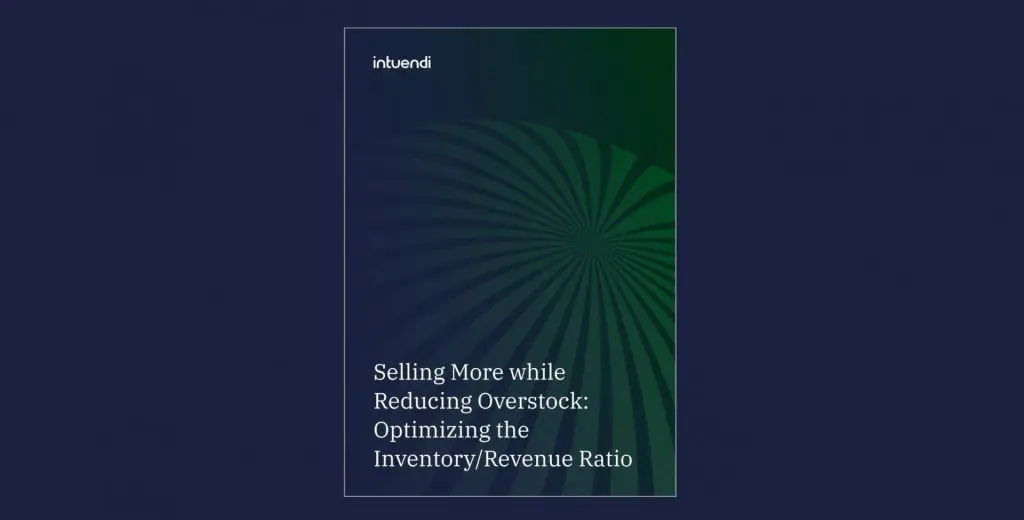There is no overstating the need for every enterprise to quickly and accurately anticipate the demand for a product. Demand forecasting, as the name obviously implies, forecasts demand. Such ability is essential for every company that intends to be competitive and, ultimately, successful.
Demand forecasting techniques have evolved dramatically as the years roll. Traditional methods of predicting market demand have given way to newer and better means of understanding customers, their purchasing patterns, motivations, and triggers, among others.
The introduction and subsequent rise of demand forecasting software have enabled businesses and organizations to make accurate demand forecasts at a faster pace. With the emergence and integration of artificial intelligence and other recent technologies, demand forecasting is becoming less complex, more reliable, and monumentally impactful.
Streamline Forecasting Processes with AI
There are numerous experts who explain the methods of demand forecasting, which have changed dramatically over the last 10 years. Classic forecasting tools were still in playback in 2008 but rapid advances in technology, particularly in the field of artificial intelligence, have rendered traditional forecasting methods archaic.
Quantile forecasts (2012) and quantile grids (2015) enjoyed a brief period of dominance over other demand forecasting models. However, it was in 2016 when companies started to inject AI into the demand forecast picture with probabilistic forecasting. It was a method that combines machine learning with high dimensional statistics.
Today, organizations use AI to power-up popular demand forecast methods, including deep learning and differentiable programming. With AI, companies are now gathering and leveraging business intelligence from diverse sources. This capability enables them to whip up forecasts based on historical data, market trends in the past, social media chatter, and even the weather.
The best part is that AI-powered demand forecasts are generated in minutes using real-time data. You don’t only speed up things; you get a nearly accurate prediction of your customers’ demand whenever you need it.
Listen to Social Media Chatter
This is an age where social media can catapult your business to success or push your enterprise to the brink of failure. A single post from an influencer can generate huge revenue opportunities for your product. A negative commentary can also do the worst in just one night.
PepsiCo., one of the world’s leading beverage manufacturers, uses social media to sense and predict demand. It is one of the notable cases of utilizing social media to accommodate consumer demand. A 2019 Martech Zone article reported how PepsiCo supplied econometric demand forecasting using data from unconventional sources, social media included, to identify specific consumer demands.
Social media plays a huge role in anticipating demand and helping your business cope up with the sudden surge or dip of interest in your product. Social media analytics and listening tools help you gather and analyze social media chatter that involves your brand, from comments to posts to any other mentions of your product.
Such tools give you an idea of the prevailing sentiment of social media users towards your brand and help you make the necessary adjustments to optimize your supply chain. Notifications are sent once certain triggers are activated, informing you and your team of specific developments so you can take the appropriate course of action in real time.
Improve Demand Forecasting With IoT
The utilization of IoT or Internet of Things as a supplement to demand forecasting is still a fresh concept. That said, it’s an area of use that is oozing with potential.
IoT plays a significant role in managing inventory. From tracking assets to providing inventory managers of real-time information on status and location of their stocks, IoT has indeed modernized how businesses handle their inventory. But how does IoT impact demand forecasting?
IoT also helps analyze and sense demand as well as shifts in demand by factoring in other variables such as seasonal purchases, weather conditions, historical trends, and more.
With IoT and other sensing technologies, businesses can gather accurate data for analysis. You’re quickly provided with a clear, accurate, and comprehensive picture of your inventory. This enables you to schedule stock purchases on a per need basis, reducing the risk of stocking in excess or too low.
But all these are just the tip of the proverbial iceberg. IoT beams with potential when it comes to demand forecasting, along with other things.
Faster and Smarter Inventory
Companies have suffered huge losses due to inaccuracies in their demand forecasts that stem from unreliable inventory reports and outdated data. A slight error in inventory can cause serious damage to your entire supply chain and logistics network.
In a 2019 survey on supply chain management by Bossa Nova Robotics, 99% of respondents said they face a constant problem with their inventory. 73 percent blame inaccurate inventory for revenue losses.
A small mistake can result in the purchase wrong amount of stocks, untimely deliveries, and misplacement of inventory among others. If you are unable to meet demand, consumers’ satisfaction will dip drastically.
But the latest advances in technology have made inventory management faster and smarter. Access to real-time business intelligence is unparalleled. Machines and devices can communicate and relay information to help fuel data analysis, enabling businesses to generate accurate demand forecasts at a dime.






